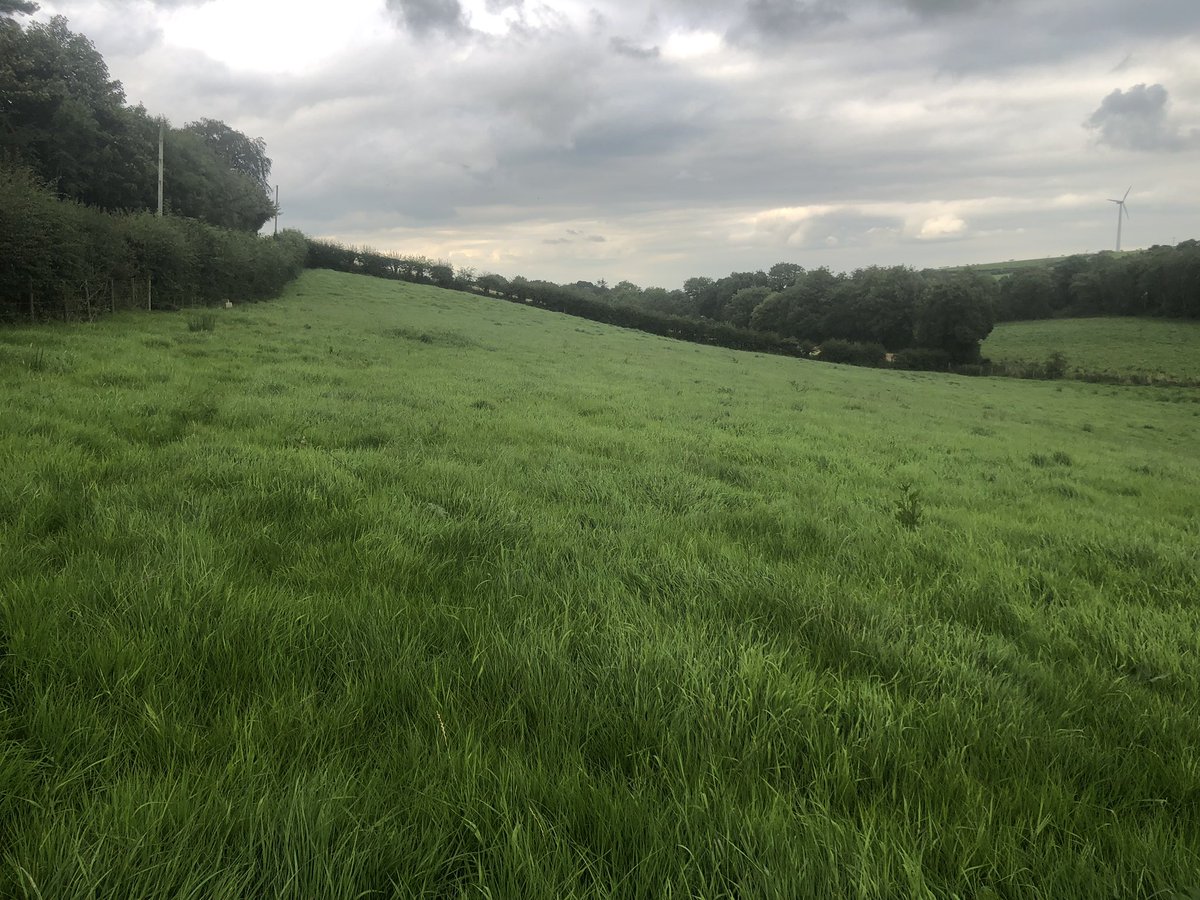
1) for the last 60 years, we've been funding a campaign to exterminate Europe's wildlife. through the EU's Common Agricultural Policy (CAP), hundreds of billions of euros of public money have been funnelled into destroying wildlife-rich meadows, woods, wetlands and rivers 



2) while the precise formula has varied over the years, CAP essentially requires farmers to wreck nature in order to receive larger subsidies. agricultural intensification - responsible for so much pollution and wildlife loss - is one of CAP's core aims
3) CAP also favours larger farms over small ones, which twinned with intensification has driven down the number of people actually working the land.
in 1973 Ireland had around 263000 farm workers versus only ~85000 today (iiea.com/wp-content/upl…)
in 1973 Ireland had around 263000 farm workers versus only ~85000 today (iiea.com/wp-content/upl…)
4) in recent years, there have been some (large ineffective and unsuccessful) attempts to fix the huge problems caused by CAP. it hasn't been enough: water quality continues to decline, drained peats are still haemorrhaging carbon and wildlife remains collapsed
5) this Wednesday (21st Oct), the EU parliament will vote on new rules for CAP that will determine how over *€400 billion* of public money will be spent over the next 7 years. this money *NEEDS* to be spent on restoring damaged habitats and sustaining small farmers
6) but instead, what's being proposed by 3 main EU party groups is:
-LIMITS on habitat restoration spending
-further intensification, meaning water pollution is likely to get even worse, and remaining wildlife scraps will be pushed out
-payments to continue to favour larger farms
-LIMITS on habitat restoration spending
-further intensification, meaning water pollution is likely to get even worse, and remaining wildlife scraps will be pushed out
-payments to continue to favour larger farms
7) if this passes, we'll be paying for another 7 years of destruction. every single EU tax payer will involuntarily contribute to polluting their own water and further sterilising the countryside. more small farms will be swallowed up by larger ones, more wildlife will be lost
8) this cannot go under the radar. we need politicians to be accountable to us, not vested interests and industrial agricultural lobbyists. please make noise about this. please let your MEPs know that you're watching @EPPGroup @RenewEurope @TheProgressives
9) if you want more details about what's being proposed, check out this detailed thread:
https://twitter.com/HarrietBirdlife/status/1316110056744652801
• • •
Missing some Tweet in this thread? You can try to
force a refresh
















